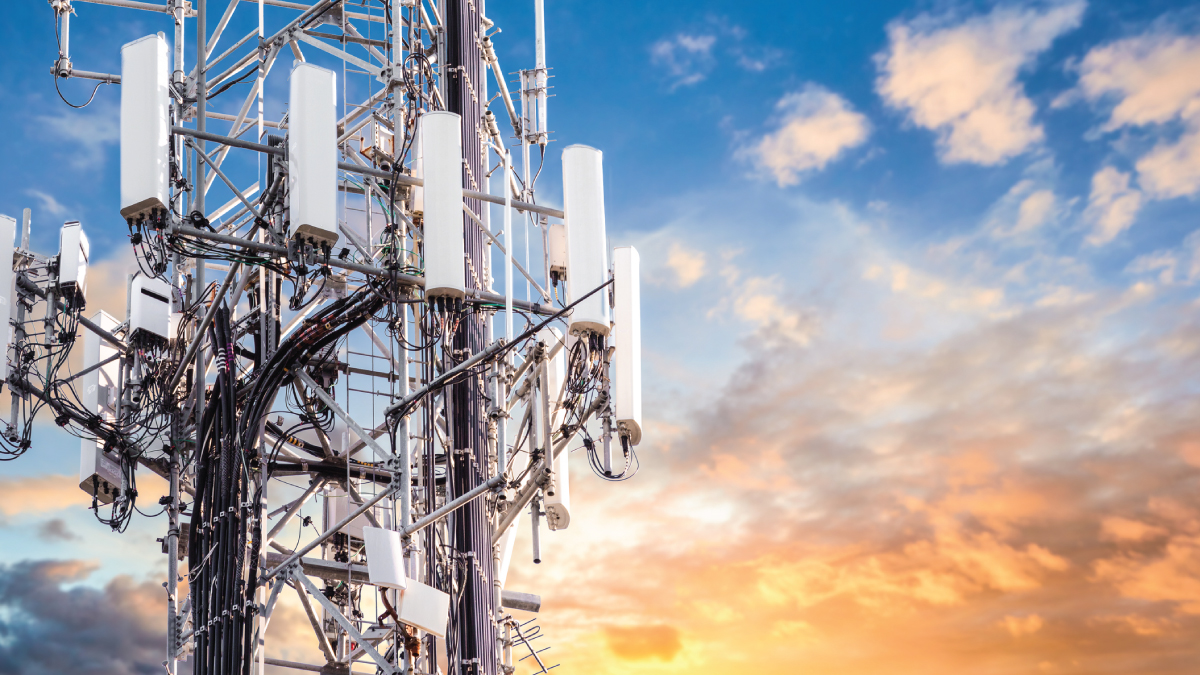
Private 5G networks are a hot topic among enterprise IT leaders, but the cost and complexity are giving them pause. According to Ericsson’s annual State of Enterprise Connectivity report, 52% of businesses cited the cost of deployment and maintenance as a primary barrier to deployment, while just under half of respondents named the complexity associated with upgrading hardware to support the network and 41% noted existing infrastructure issues.
Despite these headwinds, private network and the related network slicing are two of the fasting growing market segments for 5G deployments. Business leaders clearly recognize the value of private 5G in enabling new technologies such as artificial intelligence (AI) and the Internet of Things (IoT), with 92% of survey respondents stating that next-generation connectivity is critical to leveraging these technologies.
Because private 5G networks are dedicated to a specific organization or enterprise, they provide enhanced reliability, latency and security as compared to public networks, which optimizes the performance of AI and IoT tools and applications.
I believe that satellite networks are a key to further drive private 5G-enabled business innovation. Satellite has long played a critical role in providing reliable communication services via providing primary connectivity to regions unreached by terrestrial networks and/or providing highly reliable backup connectivity if the terrestrial connection fails.
In a private 5G scenario, an enterprise could ensure pervasive connectivity by integrating satellite into its wireless wide area network (WWAN) and leveraging software-defined networking to intelligently route traffic based on network conditions. For example, the high-speed data transfers needed by AI could be sent over the terrestrial 5G network, while less latency-sensitive traffic would be routed over the satellite link, or all traffic would automatically be transferred to the satellite network if the terrestrial network fails for any reason.
Combining that technology with a managed service model, such as those offered by a range of integrators, mobile network operators and hyperscalers can go a long way toward addressing the value and complexity challenges of private 5G and unlocking the full value of advanced technologies for enterprise users.
